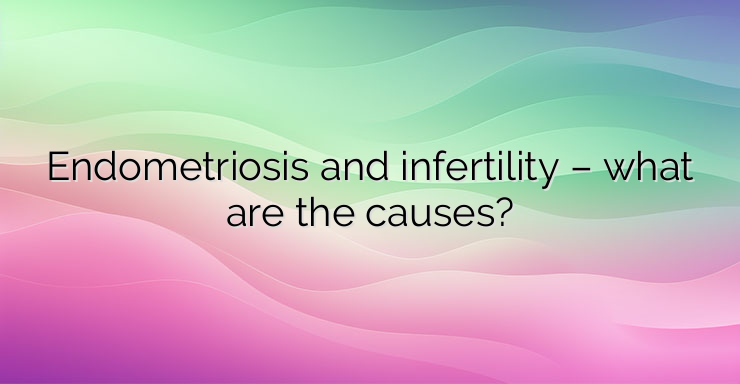What is the impact of endometriosis on fertility? According to data from various analyses, 35 to 55% of infertility cases are due to endometriosis. It has been found that approximately 30 to 50% of women who are diagnosed with endometriosis experience reproductive disorders. A team of British researchers has managed to uncover the mechanisms that would explain the link between endometriosis and infertility. For the purpose of the study, peritoneal fluid samples were taken from six women diagnosed with endometriosis and six unaffected women who had not been diagnosed with gynecological diseases. Peritoneal fluid is in contact with the fallopian tubes. The fallopian tubes are covered on their surface with epithelial cilia, which delicately move and carry out the passage of the egg through the fallopian tubes so that fertilization by a sperm can take place. The scientists observed the effect of the liquid on fallopian tubes taken from patients who had undergone hysterectomies for fibroids. The researchers found that the frequency of ciliary vibration of the epithelial cilia lining the fallopian tubes was 24% lower in the samples that were taken from patients with endometriosis. This inhibition of epithelial cilia motility may explain reproductive disorders in women with endometriosis. Identifying the specific molecular mechanisms that decrease cilia motility is an important direction for future research in order to discover an effective treatment. Other causes that lead to infertility in endometriosis Increase in the levels of IgG and IgA antibodies and endometrial lymphocytes, which can affect the implantation of the embryo in the uterus; Hormonal abnormalities – dysovulation and adverse effects on oocytes have been mentioned in numerous studies but without confirmation, however, recent studies have shown a reduced pregnancy success rate in female egg donors with moderate endometriosis; The main factors for infertility in cases of endometriosis remain related to the anatomical lesions with which the disease is associated – peritubo-ovarian adhesions, changes in the fallopian tubes, ovarian endometriomas; Impaired ovarian reserve – this is seen more often when the patient has previously had endometriosis cysts. These cysts invade the ovary and destroy part of the egg. References: https://www.doctissimo.fr/html/sante/mag_2002/sem02/mag1213/dossier/sa_6247_endometriose_fertilite.htm https://www.sciencedirect.com/science/article/abs/pii/S0140673602112475


Leave a Reply